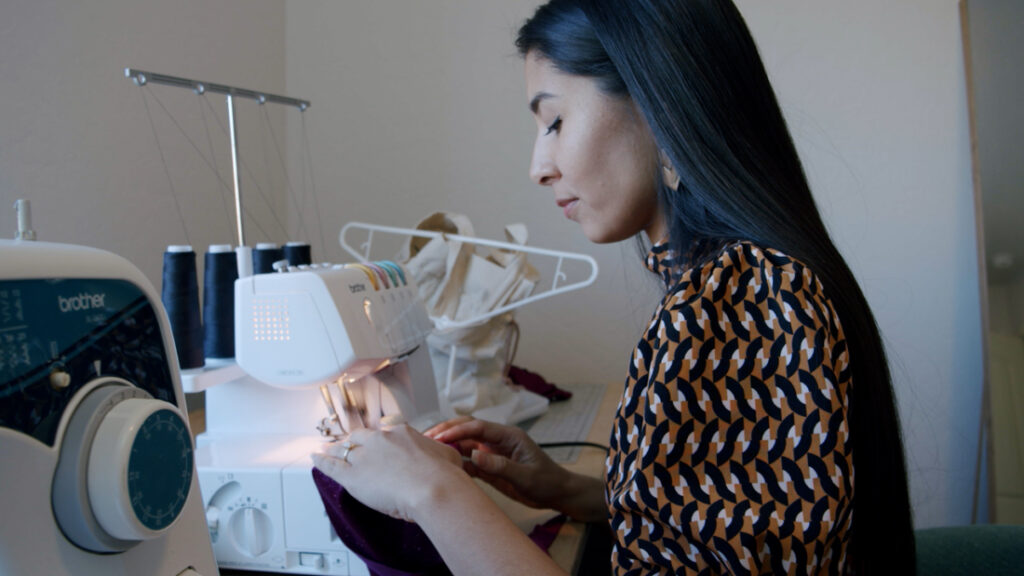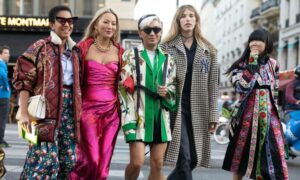The Rise of Upcycling and Repurposing in the Fashion Industry

The fashion industry has long been known for its fast-paced, ever-changing nature. From season to season, designers churn out new collections, pushing consumers to keep up with the latest trends. However, this relentless drive for newness has taken a toll on the environment. The fashion industry is responsible for a significant amount of waste, with millions of tons of clothing ending up in landfills each year.
In recent years, there has been a growing movement towards upcycling and repurposing in the fashion industry. Upcycling involves taking materials that would otherwise be discarded and transforming them into something new and valuable. Repurposing involves taking existing garments and giving them a new purpose. Both practices offer a sustainable alternative to the traditional fast fashion model.
Why Upcycling and Repurposing are Important
Upcycling and repurposing offer a range of benefits for both the environment and the fashion industry as a whole. By using existing materials, these practices reduce the demand for new resources, cutting down on the carbon footprint of the fashion industry. They also offer a way to reduce waste, keeping clothing out of landfills and extending the life of existing materials.
From a fashion perspective, upcycling and repurposing offer a way to create unique, one-of-a-kind pieces that stand out from the crowd. By utilizing materials in unconventional ways, designers can create garments that are both beautiful and sustainable.
Examples of Upcycling and Repurposing in Fashion
There are many ways that upcycling and repurposing are being incorporated into the fashion industry. Some designers are creating entire collections from upcycled materials, while others are incorporating repurposed elements into their designs. Here are a few examples:
- Patagonia: Outdoor clothing company Patagonia has long been a leader in sustainable fashion. They have a program called Worn Wear, which repairs and resells used Patagonia clothing. They also offer a range of upcycled products, including bags made from repurposed wetsuits.
- Stella McCartney: British designer Stella McCartney is known for her commitment to sustainability. She has used upcycling in many of her collections, including a collaboration with Parley for the Oceans, which featured dresses made from recycled plastic.
- Christopher Raeburn: British designer Christopher Raeburn is another leader in sustainable fashion. He creates entire collections from upcycled materials, including military surplus fabrics and parachute silk.
The Future of Upcycling and Repurposing in Fashion
The rise of upcycling and repurposing in the fashion industry is a positive step towards a more sustainable future. However, there is still work to be done. The fashion industry as a whole needs to embrace these practices and make them more mainstream. Consumers also need to be educated on the benefits of sustainable fashion and encouraged to support designers who use upcycling and repurposing in their work.
As the fashion industry continues to evolve, it is important that sustainability remains a top priority. Upcycling and repurposing offer a way to create beautiful, unique pieces while also reducing waste and protecting the environment.









